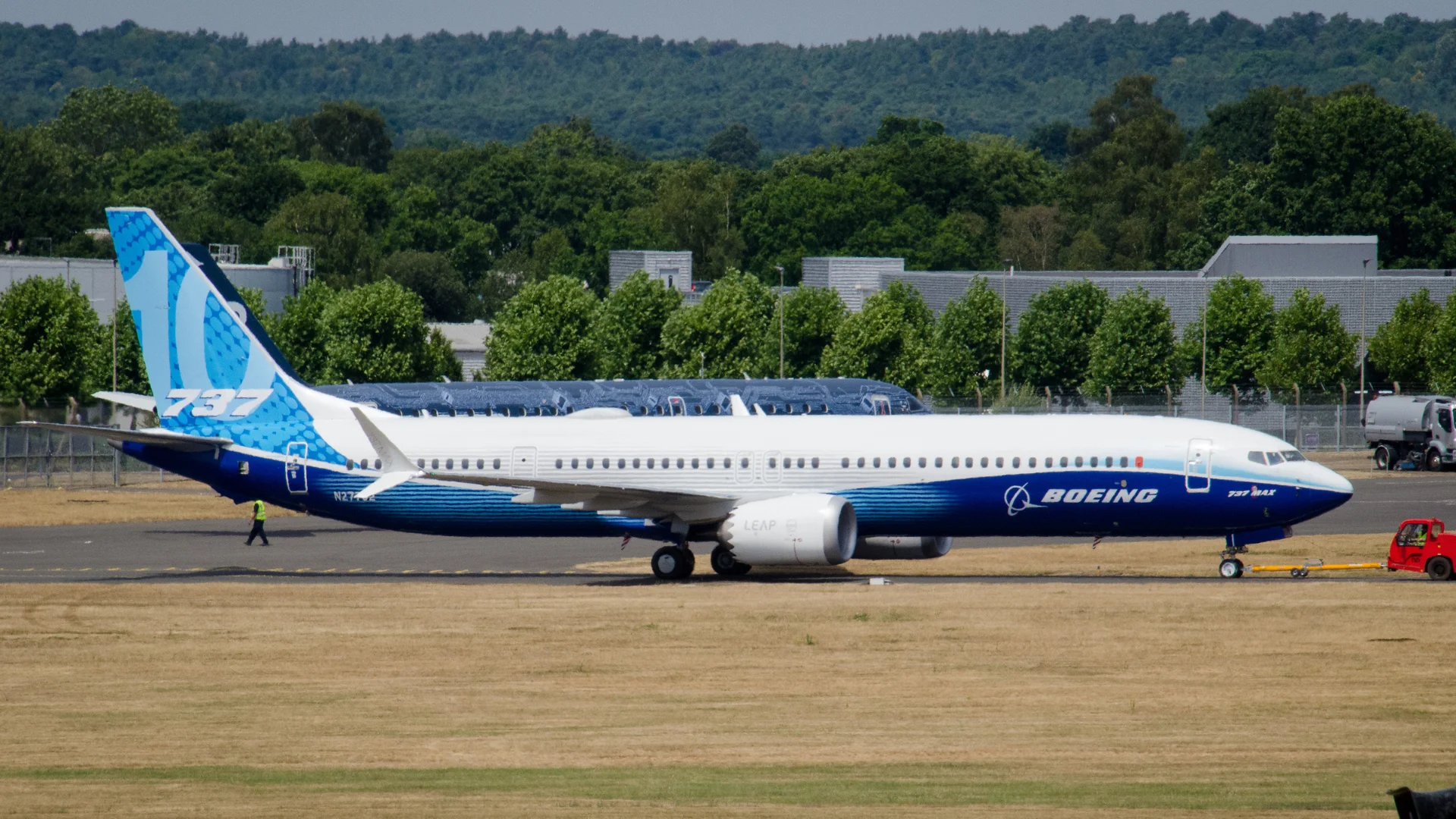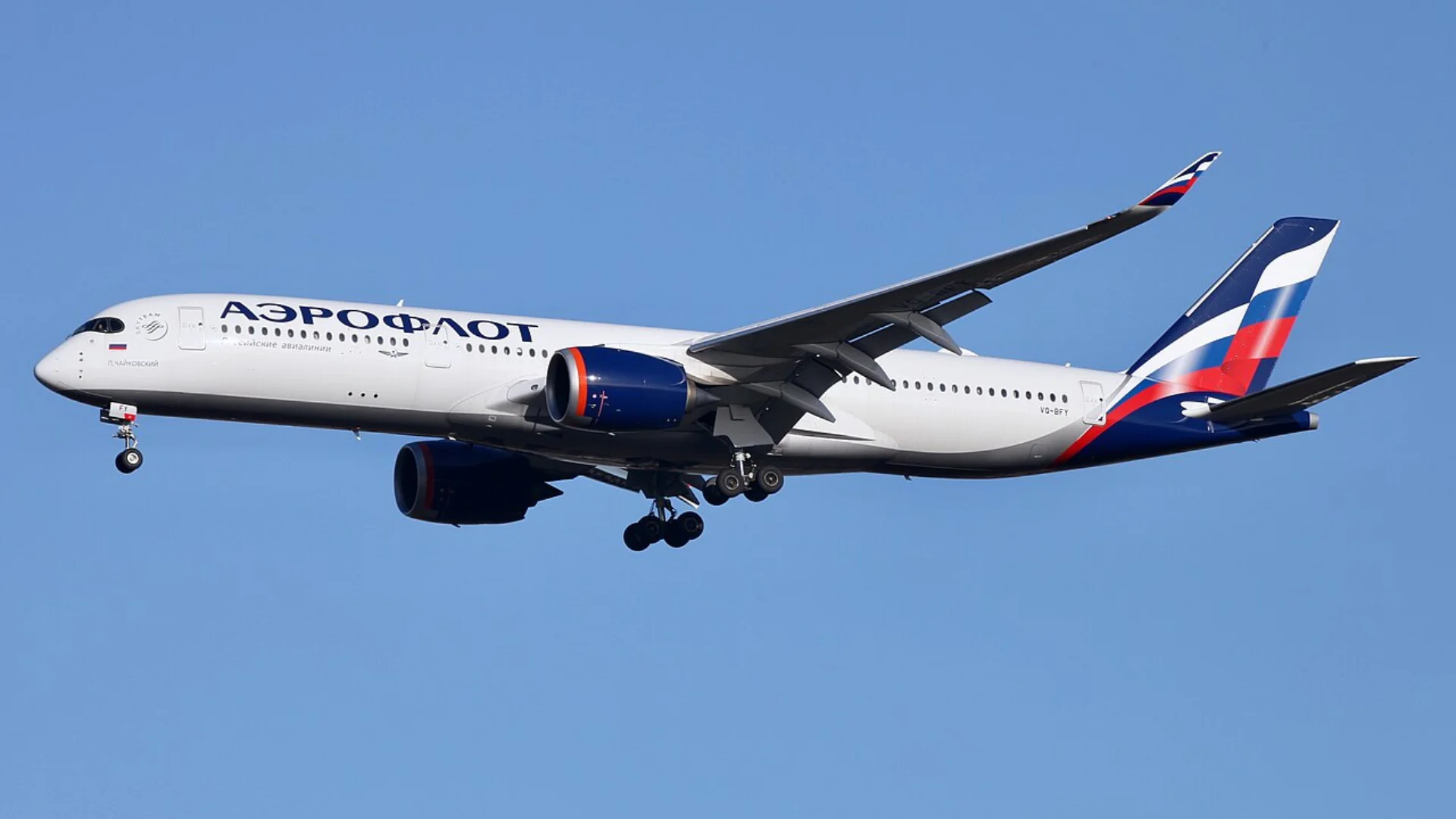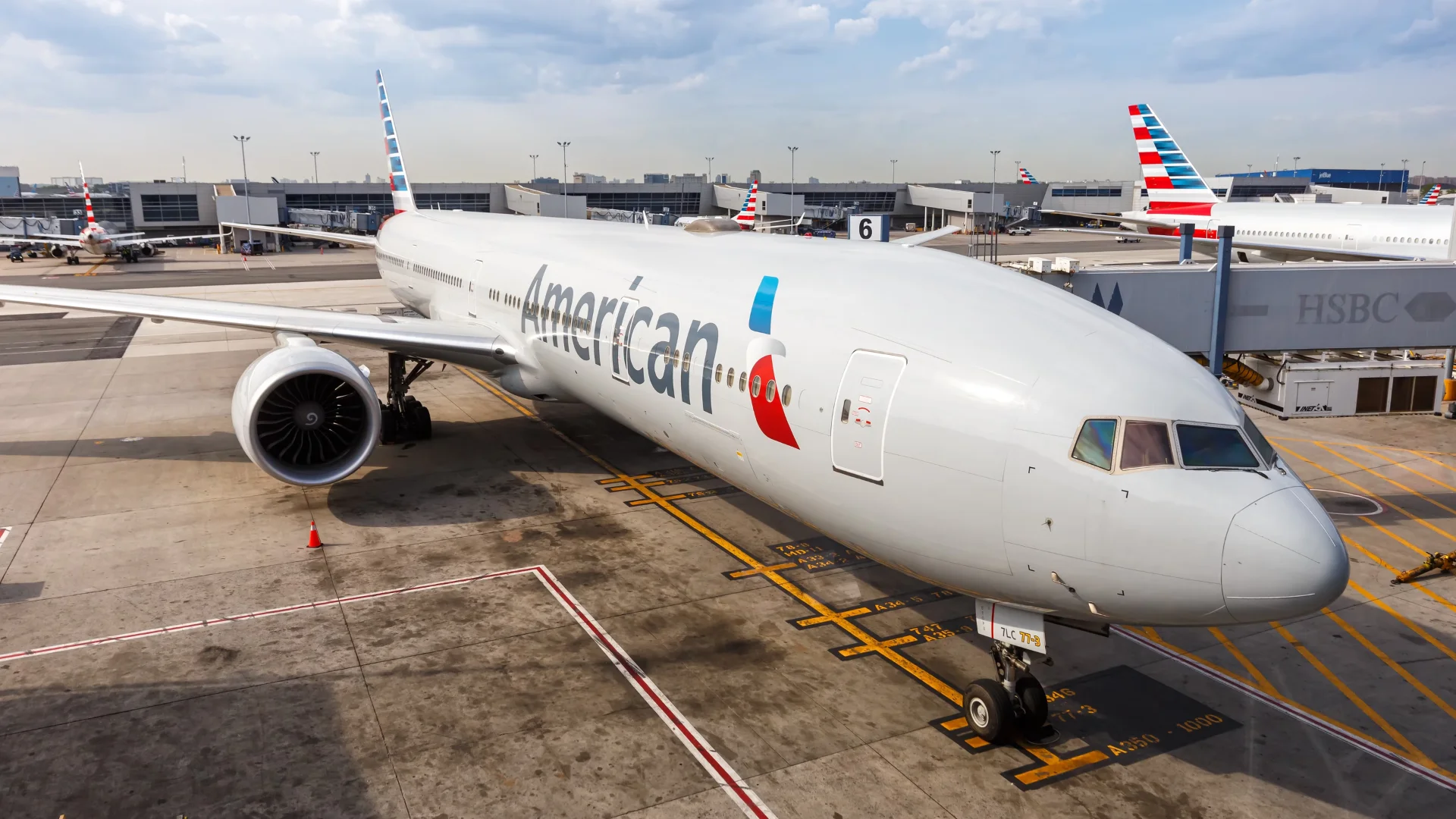Panasonic Avionics has invested significantly in geostationary satellite capacity, resulting in improved Net Promoter Scores (NPS) for its legacy GEO-focused inflight connectivity (IFC) solution. However, John Wade, vice president of the connectivity business unit at Panasonic, believes that a Low Earth Orbit (LEO) satcom-only model may be the future of IFC in commercial aviation. This model could potentially use two electronically steered antennas (ESAs) in different frequency bands.
In this scenario, GEO satellites would either not be used for IFC or would be relegated to supporting broadcast TV. Wade commented on the potential overstatement of congestion issues around large metropolitan areas by those advocating for GEO usage: “People who are saying ‘we need GEO for hub cities’ I think are overstating the congestion issues we’re going to see. I don’t think they’re going to be there.”
Wade envisions a future where LEO-only becomes viable once coverage issues are resolved. He stated, “I don’t see any reason why you can’t have a Ku LEO antenna and a Ka LEO antenna on the same aircraft.” Coverage challenges include flying over regions like Russia or China due to geopolitical reasons.
 Alerts Sign-up
Alerts Sign-up










